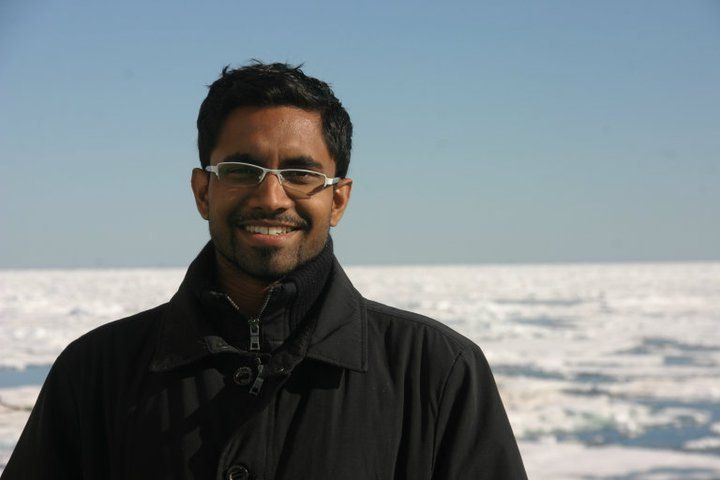
Short biography:
I am particularly interested in climate-driven physical, biological and chemical changes in our marine ecosystems on a variety of spatial and temporal scales at high latitudes. My PhD focuses on increasing our understanding of the link between the physical processes and the oceanic carbon cycle and how this relationship is perturbed by human-induced climate change. My background covers inter-disciplinary topics in physical and biological oceanography.
Abstract:
With ongoing climate change, the Arctic climate system’s response is not very well known such as the impact on the Arctic Ocean circulation and ventilation. Natural and anthropogenic tracers have been widely used as indicators of the age of water masses to study the rate of Arctic Ocean circulation and mixing processe. We use transient tracer (CFC-12) observations from the GLODAPv2 data product to investigate the decadal evolution of mean age and the amount of anthropogenic carbon (Cant) in the intermediate depths (200 – 2000 m) of the Arctic Ocean. Applying the transit time distribution (TTD) method, we find that ventilation has deepened in the upper 1600 m in the Eurasian Basin and Amerasian Basin from the 1990s to the 2000s. Ventilation in the Eurasian Basin mainly takes place via advection of upper Polar Deep Water (uPDW) and dense Atlantic Water (dAW) at about 500 – 1500 m. The ventilation during the studies period may be connected to an observed increased inflow of Atlantic Water, particularly from the Barents Sea Branch. Ventilation in the Amerasian Basin is mainly in the Arctic Atlantic Water (AAW) and dense Arctic Atlantic Water (dAAW) in both the Makarov and South Canadian Basins and uPDW in the South Canadian Basin, while the West Canadian Basin is more in a steady state. As a consequence of the ventilation in the Eurasian Basin, Cant has increased by about 4-7 µmol kg-1 from 1987 to the 1990s, and by about 6-9 µmol kg-1 from the 1990s to the 2000s. There is also an increase in anthropogenic carbon in the upper 1750 m in the Amerasian Basin of about 10 µmol kg-1 from the 1990s to the 2000s. The Arctic Ocean Cant inventory for the intermediate waters has significantly increased from the 1990s to the 2000s and the inventory for the 2000s is calculated to be about 2 Gt-C (specific inventory ≈ 40 mol C m-2).
Arranged date for the seminar talk: Apr 10, 2017
